Glaucoma tube, or shunt, surgery may be needed in patients with glaucoma that is not controlled by medications and/or laser treatment. It may be needed either after failure of previous trabeculectomy surgery (or surgeries) or in certain types of glaucoma where traditional trabeculectomy surgery would almost certainly fail, such as patients with neovascular glaucoma or patients who have corneal transplants.
Glaucoma tubes come in many different varieties (ie. Ahmed, Molteno, Baerveldt, Krupin, Schocket, etc.). However, all tubes or glaucoma shunts are devices that are implanted in the eye and provide an artificial alternative drainage site for fluid from the eye. These devices lower the eye pressure in glaucoma. Most shunt devices look somewhat like a computer mouse, with the body of the device being about the size of an average person’s fingernail. A very tiny tube extends from the body of the device.
Usually, a small incision is made near the top of eye underneath the conjunctiva, the thin outer covering of the eye. The body of the device lies over the top of the eye but underneath the outer covering of the eye. After the body of the device is sutured to the surface of the eye, the tube, which extends from the body of the device, is inserted into the eye’s anterior chamber. The anterior chamber is the front part of the eye that usually drains fluid from the eye. Although the device is sutured onto the top of the eye, it is completely covered by the eye’s white outer covering, the conjunctiva. Most, if not all, of the device will not be visible behind the upper eyelid after the surgery.
This is an outpatient procedure performed in our operating room. After the surgery is over, a patch and shield will be placed over your eye. This will be removed the day after surgery on your first post-operative visit. You should expect to be seen frequently by your surgeon until the eye completely heals – usually 6 to 8 weeks. During this time, you will receive any necessary postoperative care. You will also need to restrict yourself from strenuous activities.

